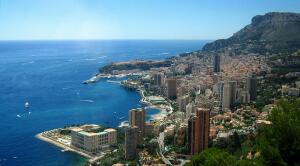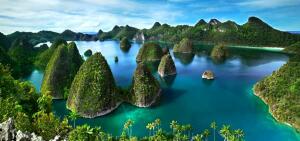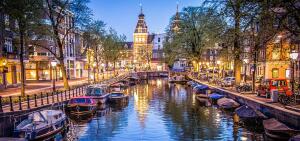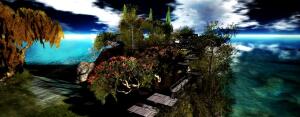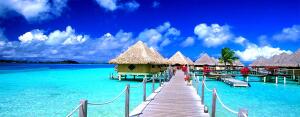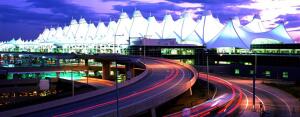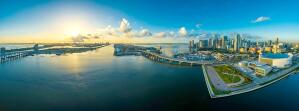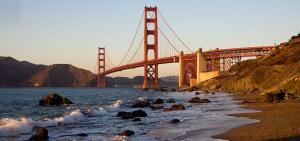Raja Ampat – One of Today’s Most Exciting Places to Take a Vacation
Raja Ampat, or the Four Kings, is an archipelago comprising over 1,500 small islands, cays, and shoals surrounding the four main islands of Misool, Salawati, Batanta, and Waigeo, and the smaller island of Kofiau. It encompasses more than 40,000 km² of land and sea, which also contains Cenderawasih Bay, the largest marine national park in Indonesia.
Raja Ampat has been repeatedly named as one of the top ten best dive spots in the world.
With its hundreds of jungle covered islands, Raja Ampat is known for its beaches and coral reefs which are rich with marine life what makes it one of the top 10 diving pots around the world. Ancient rock paintings and caves are on Misool Island and the crimson bird of paradise lives on the Waigeo Island, while Batanta and Salawati are the archipelago’s other main islands.
If you are already a seasoned diver, or you are new to diving but have the budget and the desire to experience scuba diving to its utmost pleasure, then you have to visit the famous “Four Kings”.
You would have to be crazy to do scuba dive here and not bring your underwater camera! What a spectacular view and memories you will miss to document if you don’t bring your underwater camera with you.
Obtaining a Diving insurance policy will not only protect you, but will also protect your expensive high definition camera as well, saving you thousands of dollars in case something unwanted happens to your HD camera while photographing underwater.
The wide area of pristine blue water contains millions of reefs and fishes, many that you will never find anywhere else. Above the ground, small but soaring islands invite you to climb their peaks, while in between your excursions the friendly locals or your crew will have fun with you. The area is much more popular with foreign tourists who seek adrenaline and natural tranquility, than with domestic ones.
Raja Ampat district’s capital is Waisai on Waigeo Island. This town is the starting point for exploration in the area, as it contains the district’s airport and seaport.
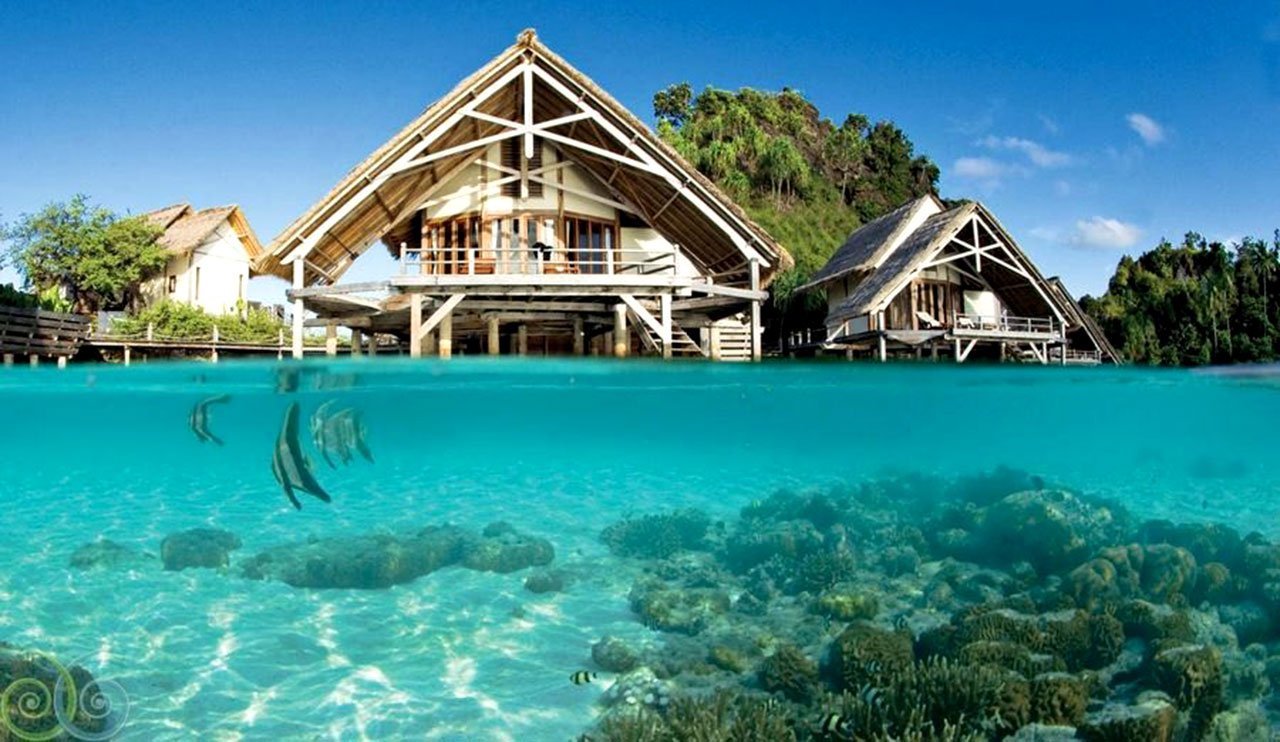
As Raja Ampat is a designated marine biodiversity park, a permit must be purchased, so as to fund the park’s conservation and to discourage mass tourism. The permit is valid for one year from the date of purchase.
If you are joining a diving tour, most likely this permit will have been included in the price. But if it isn’t, the permit can be purchased at the tourism office across the airport access road (open M-F 08:00-17:00) or at the Waisai Ferry port (open up to half an hour after ferry arrival). The fee is Rp500,000 for Indonesian citizens and Rp1,000,000 for foreigners-you only need a passport as proof of identification, children ages 12 and under are exempt. Payment in Rupiah is highly encouraged; payment in US dollars may result in an unfavorable exchange rate.
Contrary to popular reports, a Surat Keterangan Jalan is not needed for visiting Raja Ampat, as it is a tourist attraction and far from potentially hostile tribal disputes elsewhere in Papua. Do also beware of scams for the permit purchase by only buying it at the designated locations.
Truly, the Raja Ampat is one of today’s most exciting places to take a vacation and dive to your hearts content with memories that you will remember through out your life.
The best time to visit Raja Ampat is during the dry October-April period, which is by contrast the rainiest period in western and central Indonesia. Because of Raja Ampat’s tropical climate, rain can unpredictably fall, although much less frequently during the dry season. It is still feasible to travel in other seasons, but the weather is often a toss-up: you can be under the sunshine while it is raining just past the horizon.
Temperatures remain consistent throughout the year, averaging 25-32° C, but humidity may make it feel hotter.
By plane
The nearest major airport is Dominique Edward Osok Airport (SOQ IATA) in the mainland at the city of Sorong. There are direct flights from Jakarta, Makassar and Manado, all of which are transfer points for international flights. Multiple daily flights also come from Jayapura, the largest city in the Papua province.
Wings Air also flies from Waisai’s airport to Sorong’s airport daily 10:20 and from Waisai’s airport to Manado daily at 15:05.
By boat
There are daily ferry sailings between Sorong’s harbor ferry port and Waisai’s harbor in Raja Ampat. Two types of ferries, an express or slow ferry, will get you there in 2 and 4 hours, respectively. As delays may sometimes occur, allow at least 2 hours to connect between the seaport and the airport. Tickets for both sailings can be bought at the wharf and the tourism office.
From Sorong to Waisai, daily ferries depart at 09:00 and 14:00 (Monday to Sunday). From Waisai to Sorong, ferries depart daily (except Saturday) at 09:00 and 14:00. On Saturdays the Waisai to Sorong operates at 09:00 and 12:00. Ferries do not operate on Indonesian public holidays. The journey time is about 2 hours. Ticket prices are Rp120,000 for economy class and Rp240,000 for VIP.
Speedboats can also be rented at a wharf about 200 meters west of the ferry terminal. While it’s expensive and less comfortable than a ferry, it can get you there faster.
From Sorong to Fatiga’s harbor on the island of Misoul, K.M. Fajar Indah goes from Sorong to Misool on Fridays 23:00 and from Misool to Sorong on Saturdays 13:00. K.M. Fajar Baru goes from Sorong to Misool on Mondays 23:00 and from Misool to Sorong on Thursdays 09:00.
As the area consists of islands, the only meaningful way of travel is by boat. While there are no public boat services to the islands, your home-stay or resort will usually arrange it for you for a fee. A general fee for Waisai – Arborek Village is about Rp 2,000,000. If you prefer to go on your own, hop on a Transwisata ship, charter a fisherman’s boat, or seek a space in a boat bound for somewhere near the one you want, from the boat harbour at Jalan Abdul Samad Mayor at east of town. But even when you travel close, the price can range from reasonable to exorbitant, all depending on the supply of fuel at the area.
Commonly, divers will join a tour and live in a diving resort during their stay in the Raja Ampat Islands. To access diving spots, please contact and use the professional diving organizers, who can be conveniently found in Sorong. Several tour operators also offer the option of live-board tours:
- Wallacea Dive Cruises
- Raja Ampat Liveaboard
- Dive Raja Ampat
- Raja Ampat
- Grand Komodo
The Raja Ampat islands are a truly natural phenomenon with enormous biological diversity. The amazing marine landscape means that underwater photography should be on the top your list during your stay.
However with Raja Ampat’s natural conditions, high endemic level of land, sea biodiversity, coastal ecology, and local culture & tradition the islands offer more than just amazing landscapes to photograph.
So you may also consider:
- Wreck diving
- Sailing
- Kayaking
- Exploring the islands by boat
- Visiting the Red Bird of Paradise
- Buying handicrafts (noken string bags) from Arborek Village
- Enjoying the Karst islands around Wayag Island
- Exploring the bat caves (literally, not the Dark Knight variety)
- Make your own wood sculpture guided by an Asmat artisan
- Fishing using traditional Papuan techniques
- Trekking to discover waterfalls
- Feeding couscous
- Snorkeling
- Watching the Sea Ghost
- Raja Ampat Festival
In East Waigeo, particularly in front of Urbinasopen and Yesner villages, there is a very interesting and unique natural phenomenon, which can only be seen every year-end. A light comes out from the ocean and wanders around on its surface for about 10 – 18 minutes. After that, it disappears and can only be seen again at the following years-end. Local inhabitants in both villages call this phenomenon the “Sea Ghost”. This is more than just a sunset view, overlooking from your liveaboard.
In Tomolo, you’ll be amazed by the caves in the area, where you can see paintings of huge human palms and animals which were painted by ancient cave dwellers. While on North Waigeo, you can also take in some history with a visit to the World War II caves where the Dutch and the Japanese army built bunkers. The locals will sometimes perform a war dance. There is also the ever-flowing waterfall of Salawati, which is a sight you should not miss.
You may rent a small boat if you wish to stop and make personal discoveries along the line of the beaches. As the Raja Ampat Islands have four mountainous main islands and hundreds of small islands in their vicinity, you may want to take this opportunity to explore. In addition, the Karst area is a beautiful and original natural phenomenon, as it has various unique flora and fauna as its attractions, e.g., Bird of Paradise (Cenderawasih) Botak, Red Cenderawasih, Maleo Waigeo, Kus-kus, orchids, and palm. You can also trek around the islands to find hidden beauties, like waterfalls and ancient caves.
You can also dive in West Waigeo, Batanta, and Kofiau. These potential destinations are great places to visit by houseboats. The Karst islands in Wayag, especially, have very interesting natural attractions to enjoy.
For diving enthusiasts the favorite destination is usually South Waigeo. But while you are here, why not take the chance to visit Kabui Bay with many karst islands, goa tengkorak (cave of skulls), and the historical sites of Raja Ampat in Kali Raja. You can see a variety of birds in Yenwaupnor and Sawinggrai village, the Salay dance in Saonek, and plaited handicrafts in Arborek.
No visit is complete without visiting Arborek, where visitors can dive and watch groups of mantas & stingrays. In Sawandarek, there’s a white sand beach with sea ducks and beautiful corals. In addition, there is a traditional village where you can walk around in and enjoy the unique slow paced atmosphere.
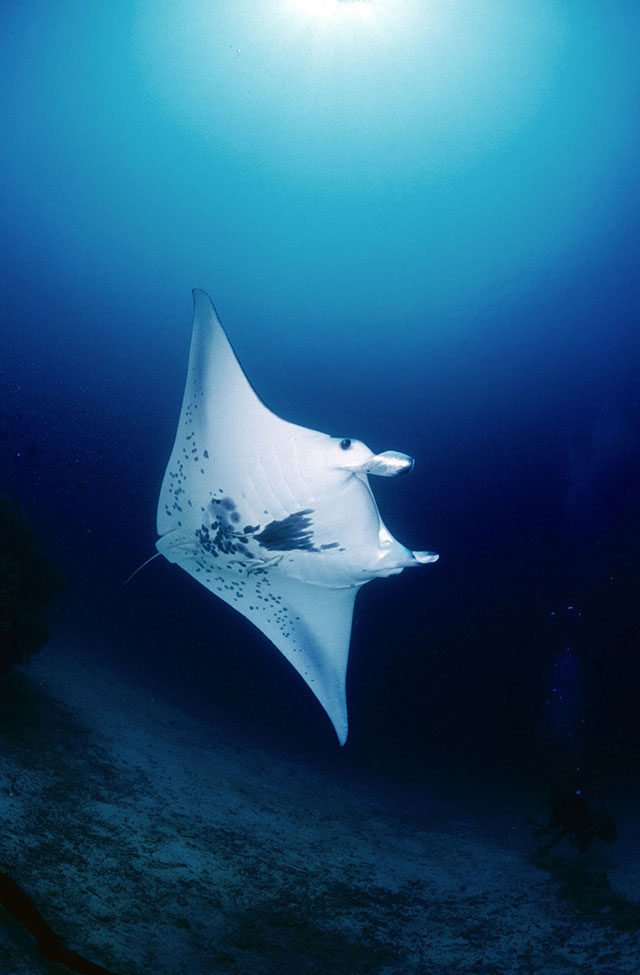
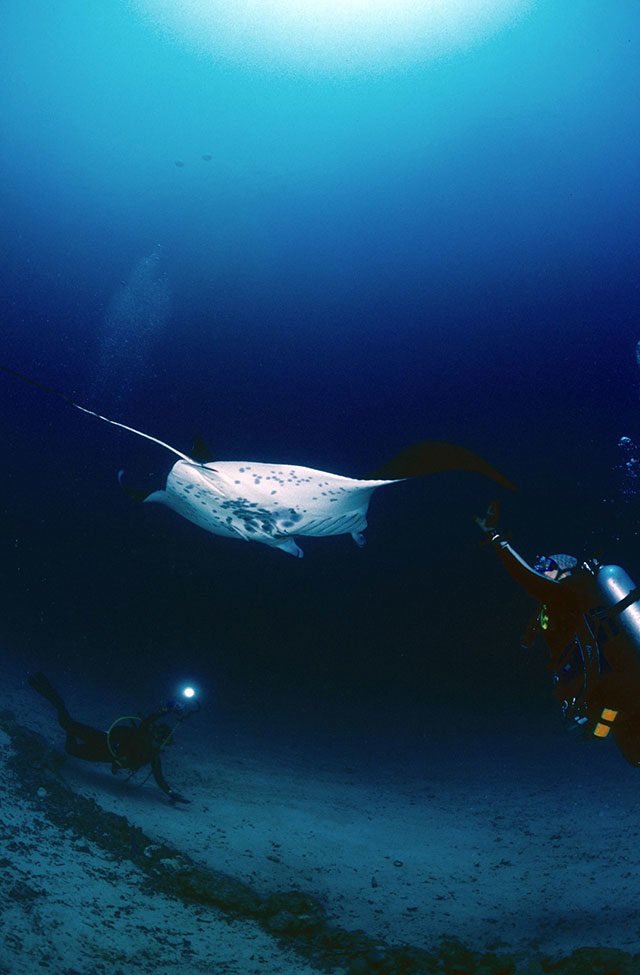
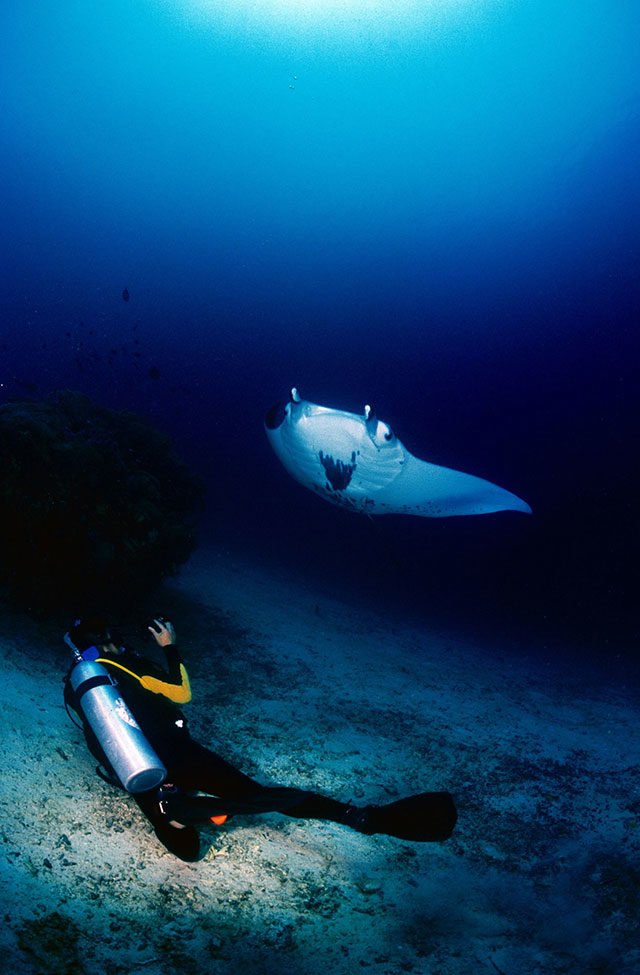
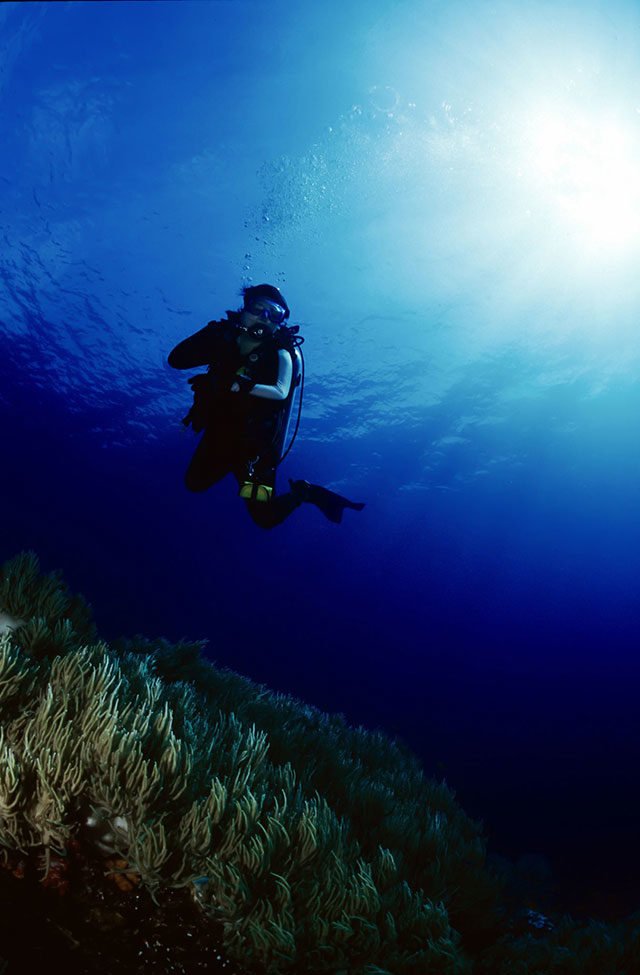
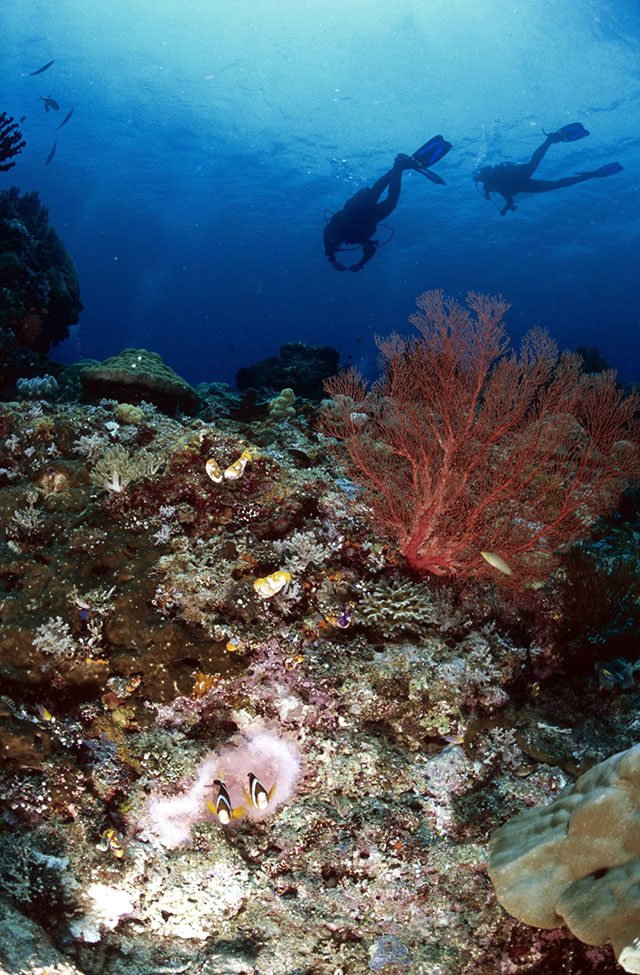
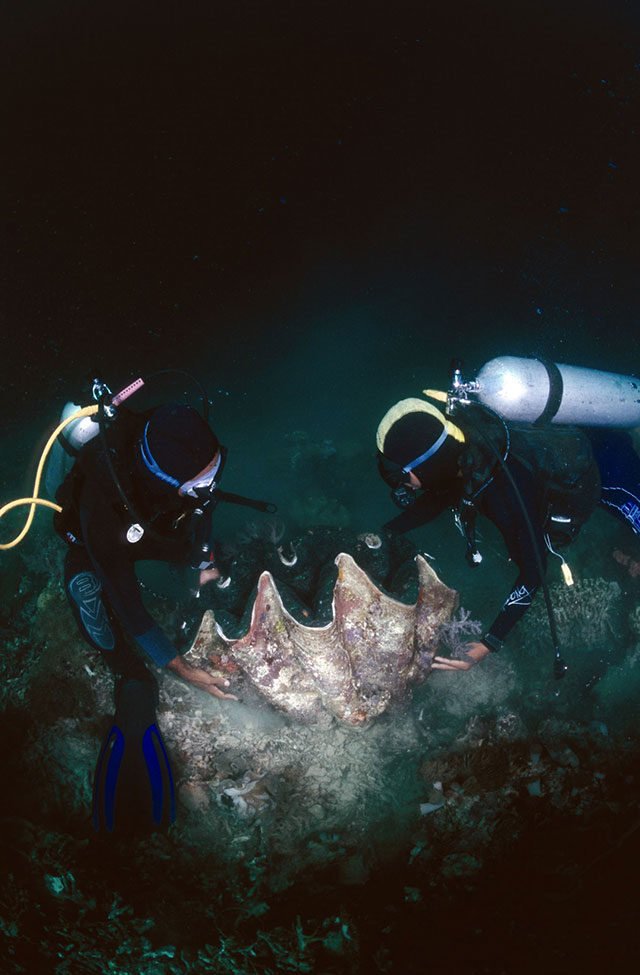
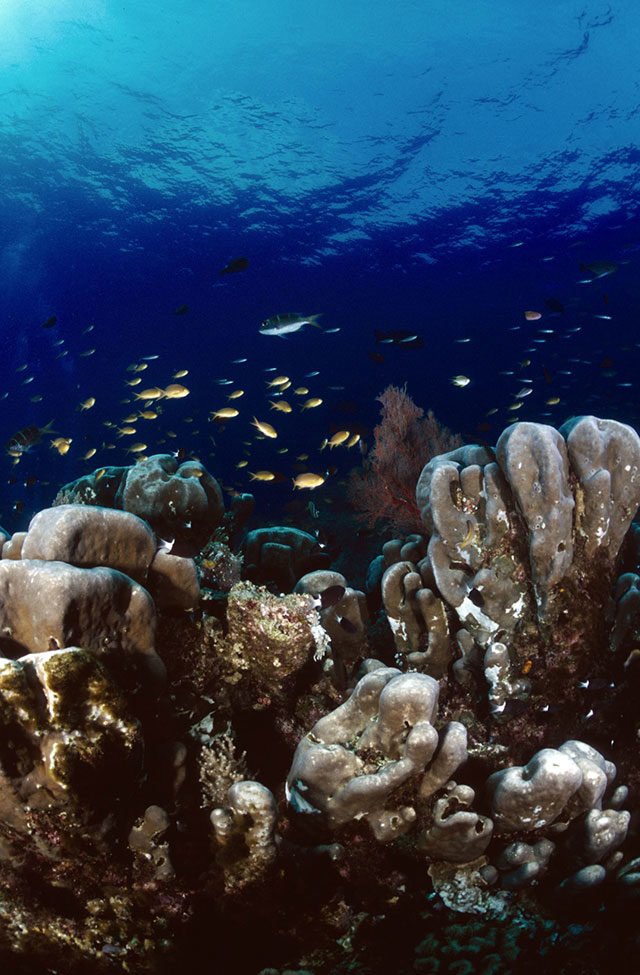
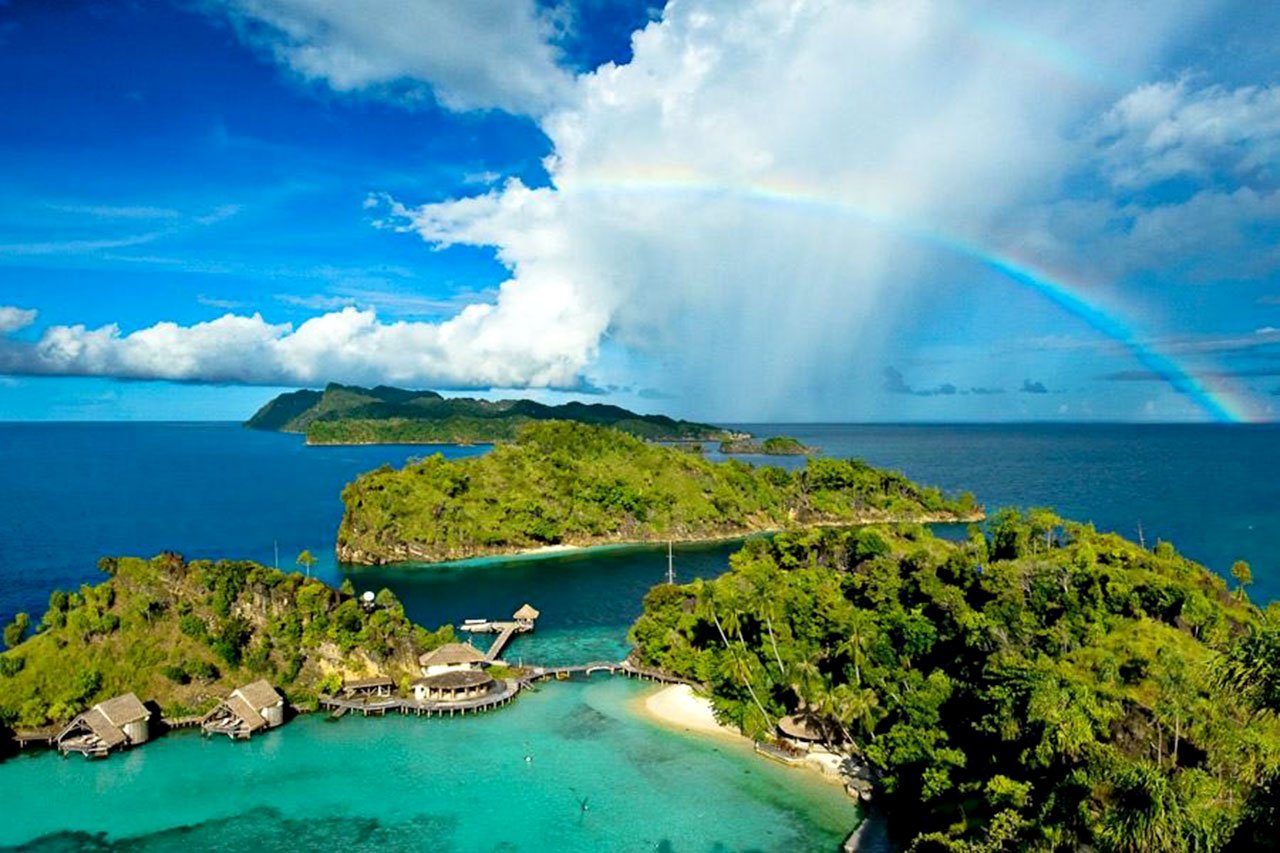
On North and West Waigeo, you can see a traditional bamboo flute (suling tambur) performance. This traditional performance usually takes place during religious festival, on Independence Day (August 17th), and during visits from important officials or leaders. If you are interested in anthropology, this is something to definitely consider in your agenda.
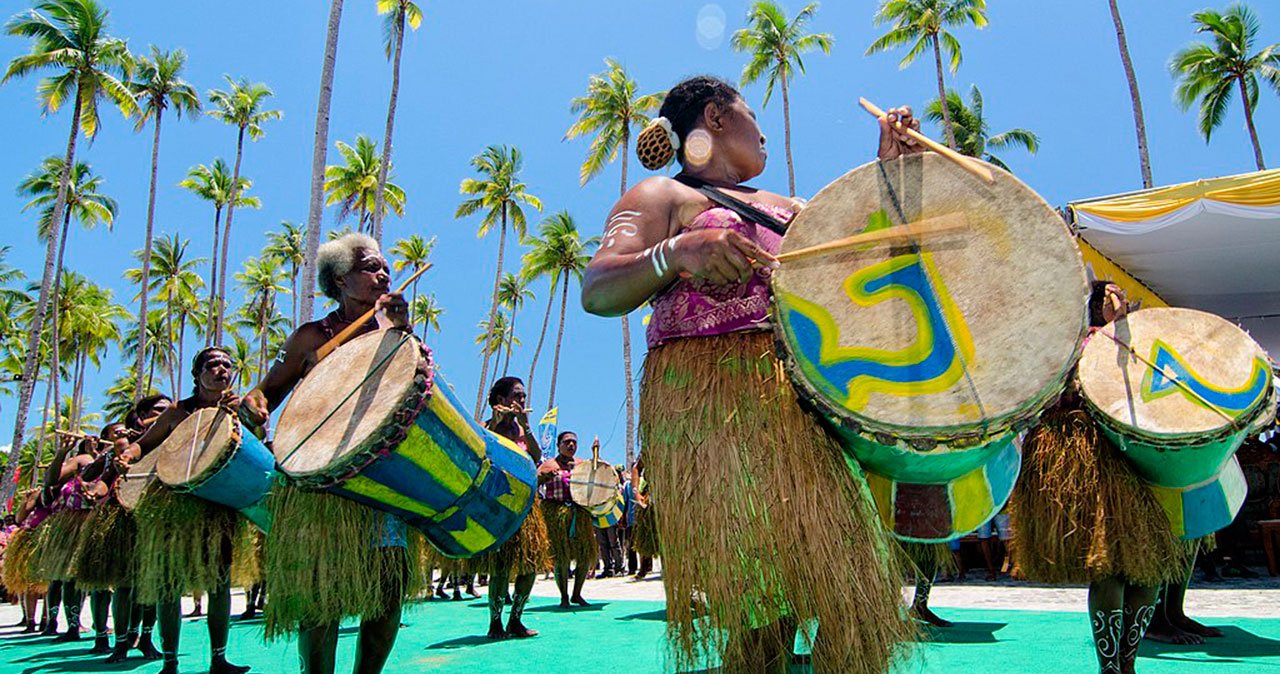
- Diving Spots
As mentioned above, Raja Ampat is a diver’s mecca! Travelers from around the world spend time entering this area of Indonesia to explore what nature has to offer. Millions of fishes and reefs are under the blue waters, many species that you cannot find anywhere else.
- One of the most prominent dive sites is near the Arborek’s village (Dive with manta Rays; where manta Rays are available in abundance)
- Kampung Yenbuba (Dive with sharks and bump fishes)
- Cap Kri
- Yeben Shallow
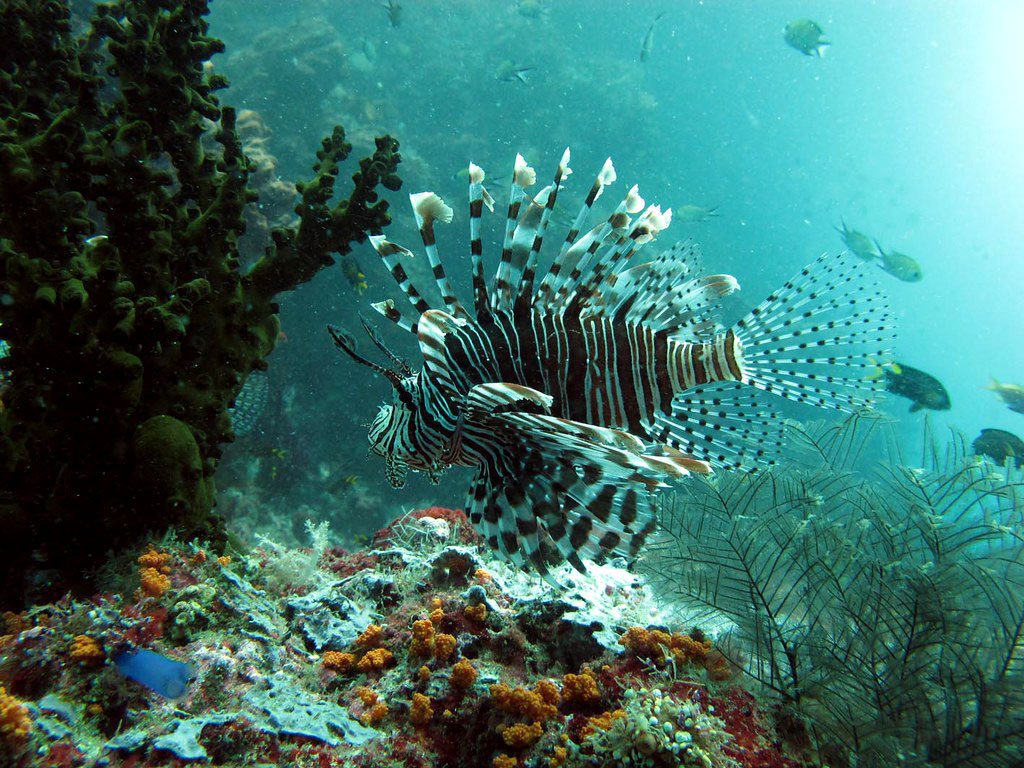
- Non-Diving Spots
If you are not one for diving, you can still have fun! Walk the island, visit the villages, admire the nature, or snorkel and see the natural wonders!
Pianemo, Fam Besar island (usually 1½-2 hours from Waisai by speedboat and viewpoint for the karst land-forms heritage site of Pianemo)
Wayag, Wayag Island (usually 3½-4 hours from Waisai by speedboat, about 5 hr from Sorong. The Icon of Raja Ampat with an amazing landscape)

